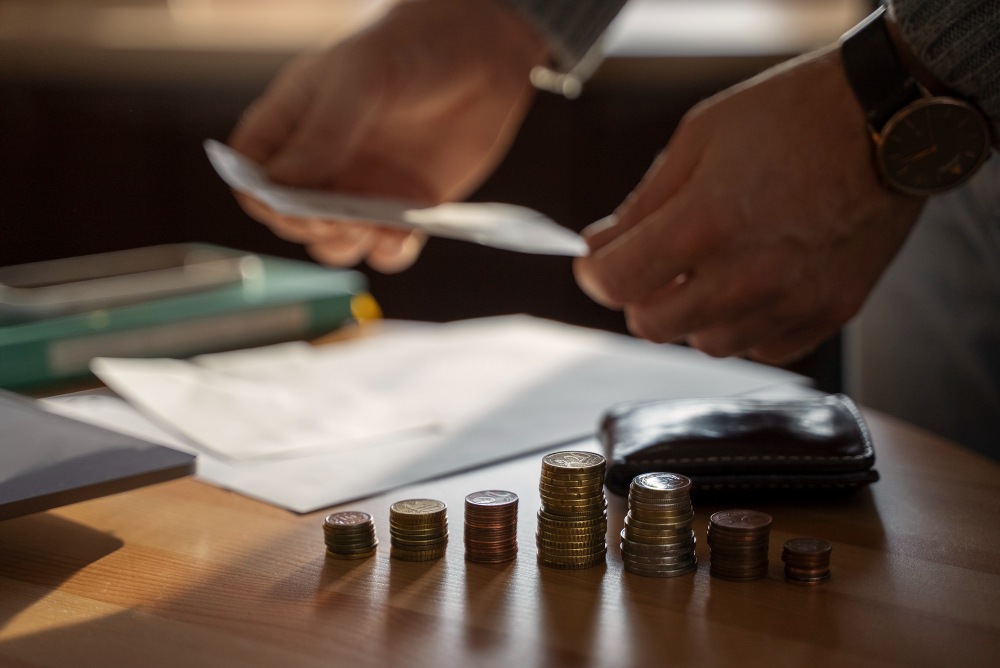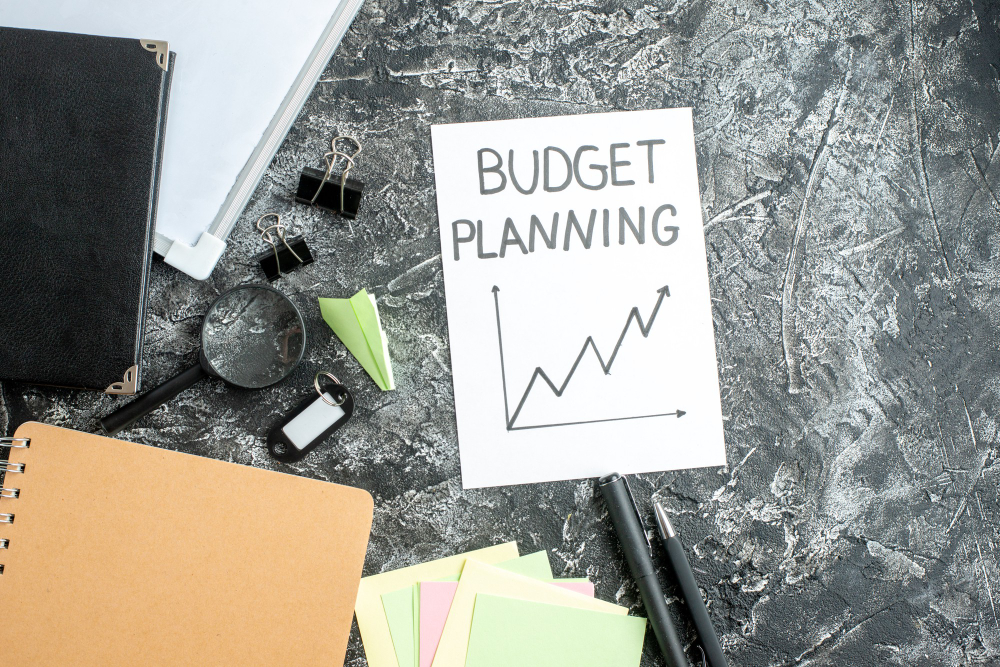Creating a Robust Emergency Fund: A Comprehensive Manual

Creating a robust emergency fund is a cornerstone of financial resilience in the ever-evolving landscape of personal finance. Life’s unexpected twists – sudden medical expenses, a car breakdown, or an unforeseen job loss – underscore the crucial need for a financial safety net. This comprehensive manual will guide you through building an emergency fund that shields you from financial storms and empowers you to navigate uncertainties confidently.
1. Understanding the Essence of an Emergency Fund
Creating a robust emergency fund begins with understanding its essence. An emergency fund is a financial cushion reserved exclusively for unforeseen expenses. This fund acts as a buffer, preventing you from dipping into your long-term investments or taking on high-interest debt when unexpected financial challenges arise. An ideal emergency fund typically covers three to six months of living expenses, providing a secure financial base.
2. Setting Realistic Emergency Fund Goals
Establishing realistic goals is the bedrock of a successful emergency fund. Evaluate your monthly living expenses, including housing, utilities, groceries, and debt obligations. Consider potential emergency scenarios, such as medical emergencies or unexpected car repairs, and factor in an appropriate buffer. Your goal is not merely to accumulate a random sum but to create a fund tailored to your lifestyle and potential risks.
3. Choosing the Right Type of Account
Emergency funds should be easily accessible while also generating some returns. Opt for a savings or money market account that offers liquidity and a modest interest rate. Balancing accessibility and returns is key – the goal is quick access in times of need without sacrificing too much growth potential.
4. Consistency
Consistency is the secret ingredient to a robust emergency fund. Set up automatic monthly transfers to your emergency fund, treating it as a non-negotiable expense. This disciplined approach ensures that your fund grows steadily over time, fortifying your financial security. Even modest contributions can accumulate into a significant safety net over the long term.
5. Mitigating Risks
While an emergency fund is a primary defence against unexpected expenses, insurance is a secondary protection line. Evaluate your insurance coverage, including health, auto, and home insurance. A well-rounded insurance plan can mitigate risks, allowing your emergency fund to focus on unforeseen but non-insurable events and enhancing the overall resilience of your financial plan.
6. Periodic Review and Adjustment
Life is ever-changing, and your emergency fund should adapt accordingly. Periodically review your financial situation and adjust your emergency fund goals accordingly. Income, expenses, or family structure changes may necessitate adjustments to your fund’s size. Regularly reassessing and fine-tuning your emergency fund ensures it aligns with your evolving financial needs.
Conclusion
Crafting a robust emergency fund is not just a financial task; it’s an investment in peace of mind. As life’s uncertainties loom on the horizon, a well-prepared emergency fund becomes your financial guardian, allowing you to face unexpected challenges with confidence and resilience. By understanding its essence, setting realistic goals, choosing the right accounts, maintaining consistency, synergising with insurance, and regularly reviewing, you pave the way for enduring financial security.





